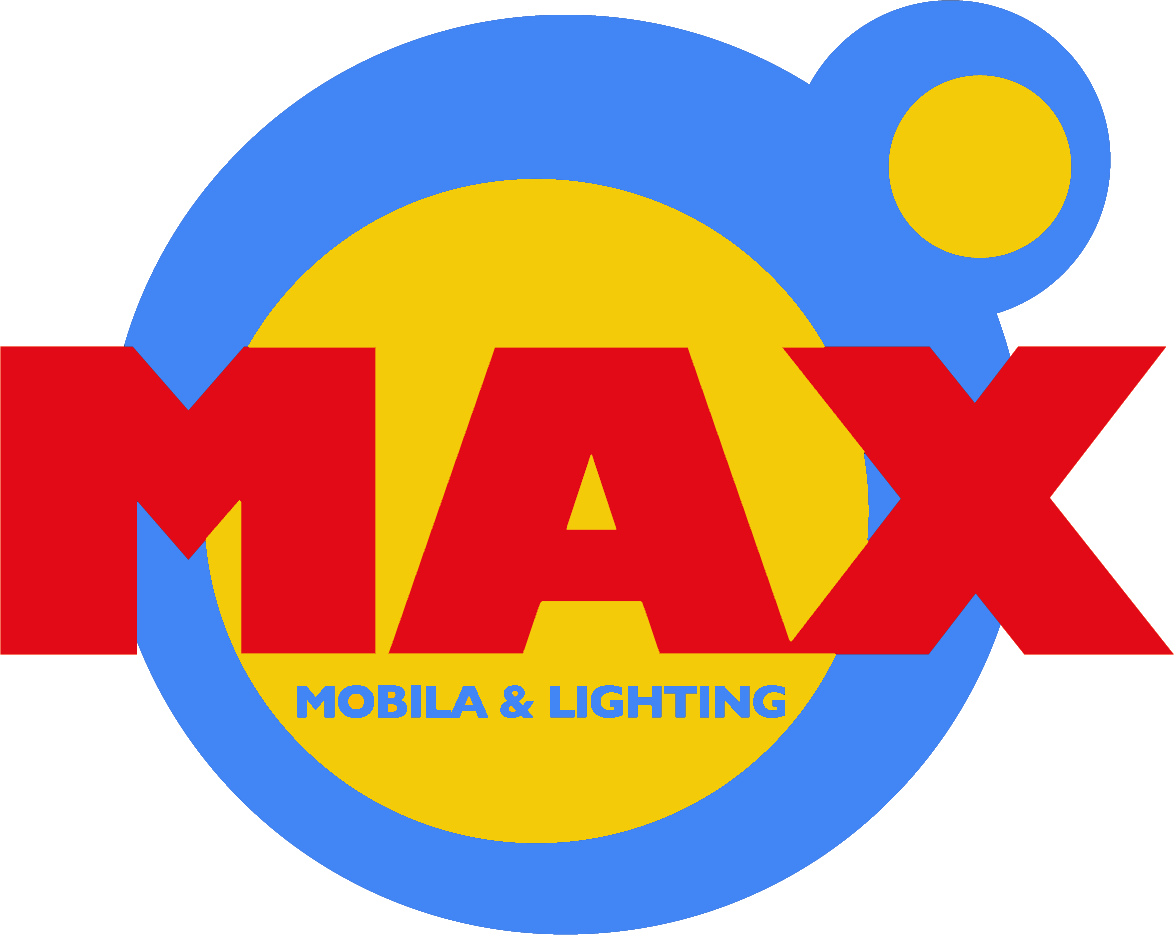Contents:
- Australia inflation races to 32-year high, sounds rates alarm
- In Inflation
- ‘We just made sure he was conscious’: Shark injures 11-year-old snorkeller in attack off Exmouth in Western Australia
- analysisAustralians feeling the sting of inflation and rising interest rates could soon face a recession — and more pain
- Australia’s inflation rate to peak at 7.75% in December quarter, economic update predicts
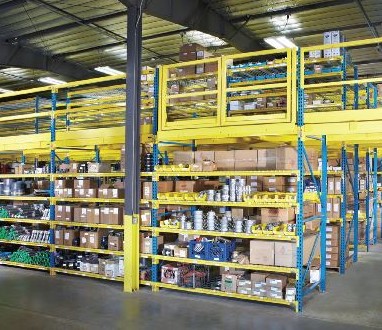
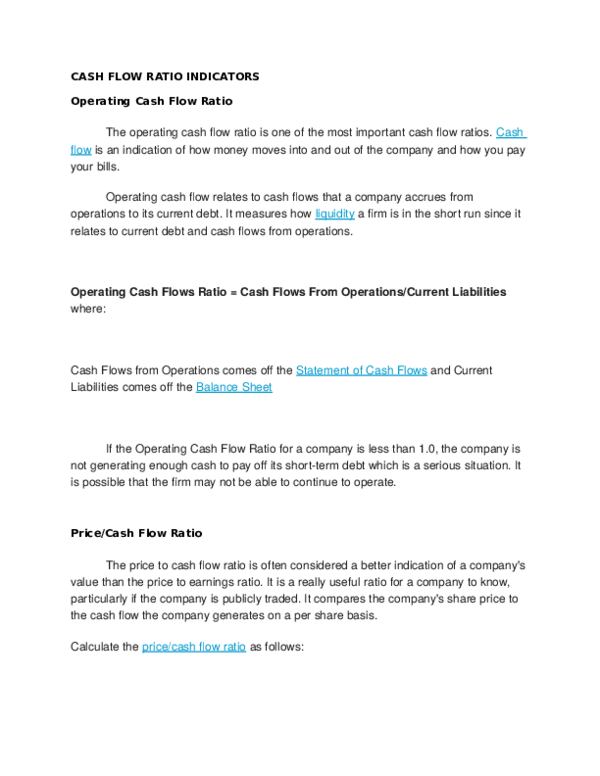
Analysts had thought there was some chance the RBA might even pause its tightening campaign, but the sheer pace of inflation put paid to that. Ms Birch said, based on current forecasting, ANZ does not expect the Reserve Bank will begin to cut rates until November 2024. “I do have a primary job, but I still will end up assisting my wife in the morning, in the afternoons, and on the weekend. So I would still spend 50, 60 to 70 hours a week running this business with my wife.” “So, my wife and I, we’re the operators of this business, so we have to spend more time here, so it’s more labour-intensive for us. Black Friday sales to rise again Australians are expected to add to last year’s $6 billion spend in the Black Friday and Cyber Monday sales.
2023’s big battle: Inflation v Australia’s working poor – The New Daily
2023’s big battle: Inflation v Australia’s working poor.
Posted: Sun, 09 Apr 2023 07:00:00 GMT [source]
“https://1investing.in/ for food and non-alcoholic beverages eased slightly, from an annual rise of 8.2 per cent in January to 8.0 per cent in February,” said the ABS head of price statistics Michelle Marquardt. However, the level of price increases in most of those categories had eased since the previous month. The official measure of inflation has fallen for the second month in a row, easing pressure on the Reserve Bank of Australia to hike interest rates next week. As well as the monthly CPI data, the ABS also released information on how much Australians are spending on retail and jobs vacancy figures.
Reuters, the news and media division of Thomson Reuters, is the world’s largest multimedia news provider, reaching billions of people worldwide every day. Reuters provides business, financial, national and international news to professionals via desktop terminals, the world’s media organizations, industry events and directly to consumers. There are also fears recent flooding across eastern Australia will lift food prices even higher, with supermarket chain Coles (COL.AX) warning of declining volumes in fresh food where prices were up 8.8% on a year earlier.
Australia inflation races to 32-year high, sounds rates alarm
The Laspeyres formula is generally used.Australia inflation rate for 2021 was 2.86%, a 2.02% increase from 2020. This has prompted the RBA to embark on a series of aggressive rate hikes to soften demand. Providing access to our stories should not be construed as investment advice or a solicitation to buy or sell any security or product, or to engage in or refrain from engaging in any transaction by Forbes Advisor Australia. In comparing various financial products and services, we are unable to compare every provider in the market so our rankings do not constitute a comprehensive review of a particular sector. While we do go to great lengths to ensure our ranking criteria matches the concerns of consumers, we cannot guarantee that every relevant feature of a financial product will be reviewed. However, Forbes Advisor Australia cannot guarantee the accuracy, completeness or timeliness of this website.
“We just don’t think the current level of the cash rate is sustainable for Australia at this current point in the cycle.” “So, ultimately, we see the RBA actually cutting the cash rate at the end of this year, by 25 basis points, and early next year as well, so taking the cash rate back to around 3.1 per cent or so. Mr Christy, who has a full-time job in local government, said that has already had an effect on staffing levels, with he and his wife putting in more hours to save on wages costs.
Like many of the world’s central banks, the RBA spent much of 2022 attempting to rein-in inflation with eight consecutive rate hikes. The costs for non-discretionary items rose at an annual pace of 8.4% in the September quarter – up from 7.6% in the June quarter – to what the ABS dubbed “a new high”. These are essential items that consumers typically struggle to avoid buying, such as fuel and food staples. At that time, the Reserve Bank of Australia’s cash rate was 15%-15.5%, compared with 2.6% now.
The majority of workers are struggling with soaring costs, reduced purchasing power and rising interest and mortgage payments. “That’s almost half the 4.7 per cent annual growth the RBA forecast in its February Statement on Monetary Policy.” “Annual growth in average non-farm earnings per hour (the RBA’s preferred measure of broader labour costs) was reported at just 2.9 per cent.
- Spending on services rose 22.7% compared to December 2021; while growth was also seen in hotels, cafes and restaurants (up 21.8%) and miscellaneous goods and services (12.6%).
- Household spending rose 11.2% overall in December, compared to the same period last year, as Australians spent up big to gather for the first Christmas in three years without pandemic restrictions.
- There are also fears recent flooding across eastern Australia will lift food prices even higher, with supermarket chain Coles (COL.AX) warning of declining volumes in fresh food where prices were up 8.8% on a year earlier.
- Energy prices again featured prominently in the list of most costly goods, Marquardt said, with the ongoing war in Ukraine and unplanned outages at coal-fired power stations playing their role in the increase.
- While prices have since returned to normal at major supermarkets, the cost of lettuce has been volatile since the pandemic started.
“Price reviews reflecting higher wholesale gas prices led to rises in gas and other household fuels, with rises seen across all eight capital cities and the strongest rise recorded in Melbourne (22.7%),” she said. Inflation“While prices continued to rise for most goods and services, many of these increases were smaller than they have been in recent quarters,” said Michelle Marquardt, ABS head of prices statistics. Australia’s inflation rate eased during the first three months of 2023 with the quarterly increase the lowest since the end of 2021. Domestic holiday travel and accommodation costs continued to rise (+4.7 per cent) over the final months of summer and early autumn, despite a small decline in airfares after recent large increases.
In Inflation
is bbb worth it rose 1.4 per cent over the March quarter, which was marginally above average economist forecasts, but the smallest quarterly rise in more than a year, according to the Australian Bureau of Statistics . One of the biggest contributors to the June quarter increase was the soaring price of motor fuels and electricity. According to the UK’s Office for National Statistics, June’s Consumer Price Index figure of 9.4 per cent was the highest annual CPI inflation rate since 1997. As of June inflation as rising to 7.3 per cent, which the agency say is largely driven by rising prices for housing construction and rentals for housing. Sign Up NowGet this delivered to your inbox, and more info about our products and services. “Many restaurants are not able to pass on increased costs to consumers which will result in lower profits,” the accountant said.
RBA review doesn’t address the cost of living crisis In Australia, right now, we are at risk of entrenching deep inequality and further flaming the housing crisis, but the RBA review doesn’t immediately address these problems. Inflation Rate in Australia is expected to be 6.10 percent by the end of this quarter, according to Trading Economics global macro models and analysts expectations. In the long-term, the Australia Inflation Rate is projected to trend around 3.00 percent in 2024 and 2.30 percent in 2025, according to our econometric models. “The 18 per cent annual increase in the June quarter follows an 18 per cent increase in March and a 16 per cent increase in December 2021.” Akin to Australia, New Zealand has been weighted under rising costs increasingly during 2022 according to Stats NZ, New Zealand’s official data agency. Inflation measures how much more expensive a set of goods and services has become over a certain period of time.
- The Reserve Bank is aiming to create a better balance between the supply and demand of goods and services, as higher interest rates will slow down the economy.
- Businesses are all too aware of the potential large fall in consumer demand around the corner.
- National Australia Bank also revised up its terminal rate expectation to 3.6%, compared with 3.1% before.
- “Price reviews reflecting higher wholesale gas prices led to rises in gas and other household fuels, with rises seen across all eight capital cities and the strongest rise recorded in Melbourne (22.7%),” she said.
- “We think that actually the RBA is going to need to hold at that restrictive level for quite some time, because there is such a gap between demand and supply at the moment in the Australian economy.”
The quarterly figures showed a 4.9% annual growth of rental prices across Australia, with highs of 7.6% in Perth and 7.0% in Brisbane. The recent review of the Reserve Bank recommended a new board with “experts” on monetary policy to decide interest rates changes rather than the current “amateur” board. And yet, were such a board already in place, given the advice of many economists such as the Crawford School of Public Policy’s “Shadow Board”, the RBA would likely have raised rates earlier this month. The latest inflation figures confirm that inflation has peaked and the Reserve Bank was correct not to raise rates earlier this month. The Central Bank is also working to curb inflation, with itssix consecutive monthsof rate rises.
‘We just made sure he was conscious’: Shark injures 11-year-old snorkeller in attack off Exmouth in Western Australia
“On balance, today’s March quarter consumer price index result provided reassuring evidence that inflation likely peaked late last year,” he wrote in a note. Fruit and vegetables (+2.4 per cent) plus snacks and confectionary (+4.1 per cent) led overall food prices a further 1.6 per cent higher over the March quarter. On a monthly basis, demand for passenger vehicles remains high with the price for new cars increasing 1.6 per cent and used cars by 1.3 per cent in June. Like with other parts of the world, the price of petrol remained one of the sore spots for price rises. On a year-over-year basis, Canadians were paying 54.6 per cent more for petrol in June.
Australia must navigate ‘choppy waters’ amid gloomy global economic outlook, says Jim Chalmers – ABC News
Australia must navigate ‘choppy waters’ amid gloomy global economic outlook, says Jim Chalmers.
Posted: Wed, 12 Apr 2023 07:00:00 GMT [source]
But we’re also seeing the prices of non-discretionary items (those things you can’t avoid paying for) rising much more than the prices of “discretionary items”. This is bad news for lower-income households, because they spend a greater share of the income on non-discretionary items. Given the lag of rate rises yet to affect the economy, further rises would have only served to stomp on an economy already slowing. When the RBA increases interest rates, many people need to cut back on spending and tighten their budgets. “Every quarter, the ABS calculates the price changes of each item from the previous quarter and aggregates them to work out the inflation rate for the entire CPI basket,” the RBA notes.
Australia’s core inflation decelerated in the first three months of 2023, lending weight to the Reserve Bank’s view that prices will steadily come down and supporting the case for it to extend an interest-rate pause. Your financial situation is unique and the products and services we review may not be right for your circumstances. We do not offer financial advice, advisory or brokerage services, nor do we recommend or advise individuals or to buy or sell particular stocks or securities. In Australia, the federal government and Reserve Bank have forecast that inflation will peak at 7.75% in the December quarter of 2022. “Inflation is then expected to decline next year due to the ongoing resolution of global supply-side problems, recent declines in some commodity prices and slower growth in demand,” he said.
analysisAustralians feeling the sting of inflation and rising interest rates could soon face a recession — and more pain
There are clear signs that inflation has peaked with the monthly Consumer Price Index coming in at 6.8% in the year to February, according to the latest monthly data from the ABS. Data from the Australian Bureau of Statistics on Wednesday showed the consumer price index surged 1.9% in the December quarter, outpacing market forecasts of 1.6%. “We think that the more-neutral level of the cash rate — that won’t put too much downside or upside pressure on the economy — is between 2.5 to 3 per cent. Economists had generally expected a fall in overall annual inflation, but a much smaller one to 7.1 per cent. But there are signs that the effect is somewhat larger and faster than either it or most private sector economists had anticipated, prompting many to now forecast the RBA will take a breather from raising rates when it meets next week.

“Average prices for unleaded petrol peaked at just over $2 in early November before falling to just under $1.80 by the end of November.” The retail worker noted that some suppliers of chocolate and packet crisps had not been increasing prices, but had instead been reducing the amount of product inside packages. He therefore expects grocery price inflation to get worse before it gets better in 2023. The rate of inflation is the main factor the Reserve Bank of Australia has been taking into consideration when deciding how fast and far to lift interest rates.
Australia’s inflation rate to peak at 7.75% in December quarter, economic update predicts
“These figures confirm that, overall, the cost of living has increased significantly for Australians.” While prices have since returned to normal at major supermarkets, the cost of lettuce has been volatile since the pandemic started. Prices surged as much as 350%, before coming down and then rising again, data from Australia’s agriculture department showed. But, importantly, these price rises are in areas that actually are controllable by government intervention and barely subject to greater demand.
The former Treasury secretary said he is ‘not that optimistic’ about the fight against rising prices and that the Federal Reserve lost credibility by acting too slowly. Zhang said he has been helping many restaurants restructure their businesses since the government withdrew financial support after the lockdowns ended. Most, however, say Australia can tolerate up to the top end of the Reserve Bank of Australia’s 2% to 3% target band, or just above it. Businessman Chris Lam, who runs a grocery store in Chinatown agreed that the price spike in food was particularly acute this year, and said it had started to rise quickly after Easter. For Du, the rise in prices of vegetables and raw ingredients — including those that are imported — has been particularly sharp this year. Owner Jennifer Du said she had to balance staying ahead of inflation and not raising prices too quickly for fear of alienating customers.
Spending on services rose 22.7% compared to December 2021; while growth was also seen in hotels, cafes and restaurants (up 21.8%) and miscellaneous goods and services (12.6%). According to Monthly Household Spending figures released today by the Australian Bureau of Statistics , air travel was the key driver of growth, with transport recording a 31% surge in spending compared to December 2021. Treasurer Jim Chalmers has formally asked the ACCC to investigate instances where banks have been slow to pass on interest rate hikes to savers. Lowe was appearing before Senate estimates, in which he was asked about the Board’s decision to hikerates from .1% to 3.35%in the space of 10 months. Housing was the most significant contributor to the increase in prices, up 9.9%, closely followed by food and non-alcoholic beverages up 8%, while transport was up 5.6% and recreation and culture rose by 6.4%.
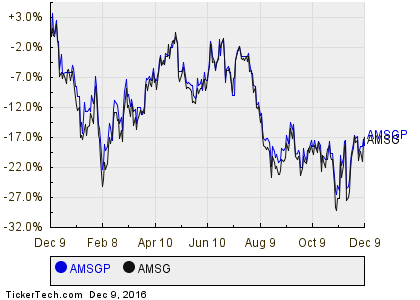
“In the transport group, we saw some flow-on impact from the restoration of theAustralian Government’s fuel excisein November’s higher automotive fuel prices,” she said. Ms Marquardt said high labour and materials costs contributed to this, however there were signs the inflationary pressures in housing were easing. Housing, which incorporates the cost of building a new home and rental prices, was one of the biggest contributors, with a gain of 9.6 per cent over the past year. Training would also help lift opportunities for people to secure higher wages, Chalmers said, as would government investments in new industries. It will cut childcare costs for about 1.26 million families, and reduce barriers for parents – overwhelmingly women – to work extra hours. “Weaker dwelling investment is also part of the story – because of higher interest rates, but also the capacity constraints in construction,” the treasurer said.
At the same time, the lockdowns caused factories to close virtually overnight, which led to supply shortages. Russia’s invasion of Ukraine has put additional upward pressure on prices of oil and gas and many food items. According to economist Saul Eslake, inflationary shocks are being felt acutely now because in the 20 years leading up to the pandemic, prices were mostly trending downwards. This was because the manufacturing of ‘big ticket items’ were moved from the West to the developing world, where overheads are lower. Most people didn’t notice until prices shot up, because these big-ticket items are generally bought infrequently. When lockdowns were imposed, there was a dramatic surge in demand for products such as computers and home fitness equipment.
No mortgage? Here’s why you should still pay attention to interest rate rises
In fact, the left-wing think tank posits that more than two-thirds, or 69%, ofinflationabove the RBA’s preferred 2 to 3% range, can be traced back to large corporate earnings, in what the Australia Institute has dubbed a “profit price spiral”. Meanwhile, new figures show the Australian economy grew by 0.5% in the December quarter of last year, and by 2.7% through the entire year. While housing was up in the year to February, it was a lower than January’s housing price increase figure of 10.4%. Global strategist at Rabobank, Michael Every, was scathing of the RBA in an interview with the ABC, claiming they had done a “terrible” job trying to rein-in inflation. RBA is firing blanks on interest rates Our monetary masters may be using a blunt tool that is no longer effective, writes business editor Ian Verrender. In mixed news for renters, rents were up an average 4.8 per cent over the past year, but that had not accelerated from the previous month’s reading.
In a statement from July, Chalmers said it’s expected that inflation will track down to 5.5% by mid-2023, and should fall to 3.5% by the end of 2023. The CPI’s steep increase this year is set to continue further, with the Reserve Bank of Australia anticipating headline inflation to peak around 7.75% by the end of 2022. He also said that “Australians know a complex combination of challenges at home and abroad is pushing up the cost of living”.
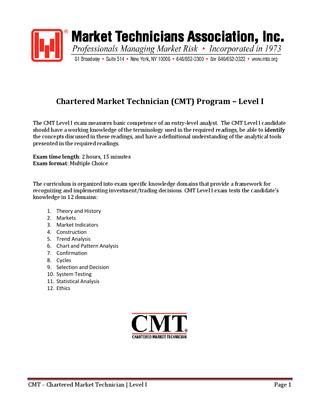
AMP senior economist Diana Mousina puts the “recession probability in the next two years as high, around 40 per cent”. Businesses are all too aware of the potential large fall in consumer demand around the corner. The household saving to income ratio fell for the fifth consecutive quarter in December (from 7.1 per cent to 4.5 per cent). “You don’t have to walk far down the main street of any of our cities, suburbs or towns, to find people who are doing it tough,” Treasurer Jim Chalmers said at a press conference this week.
